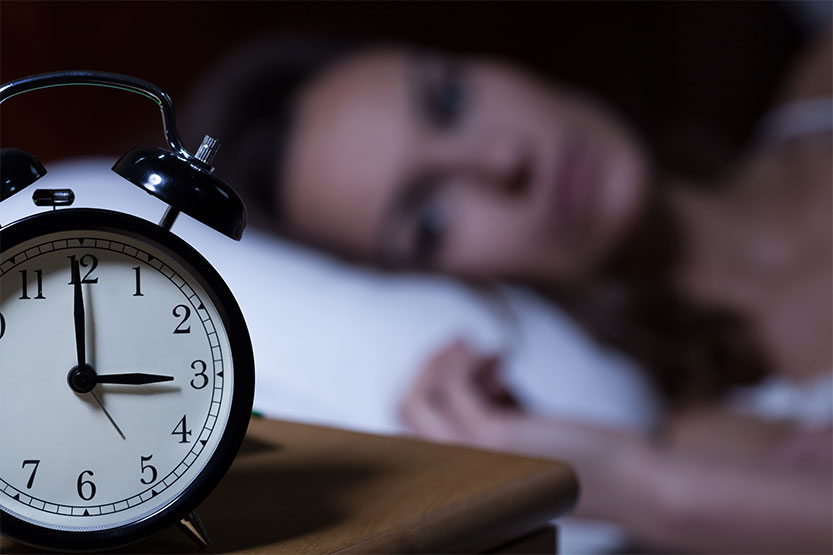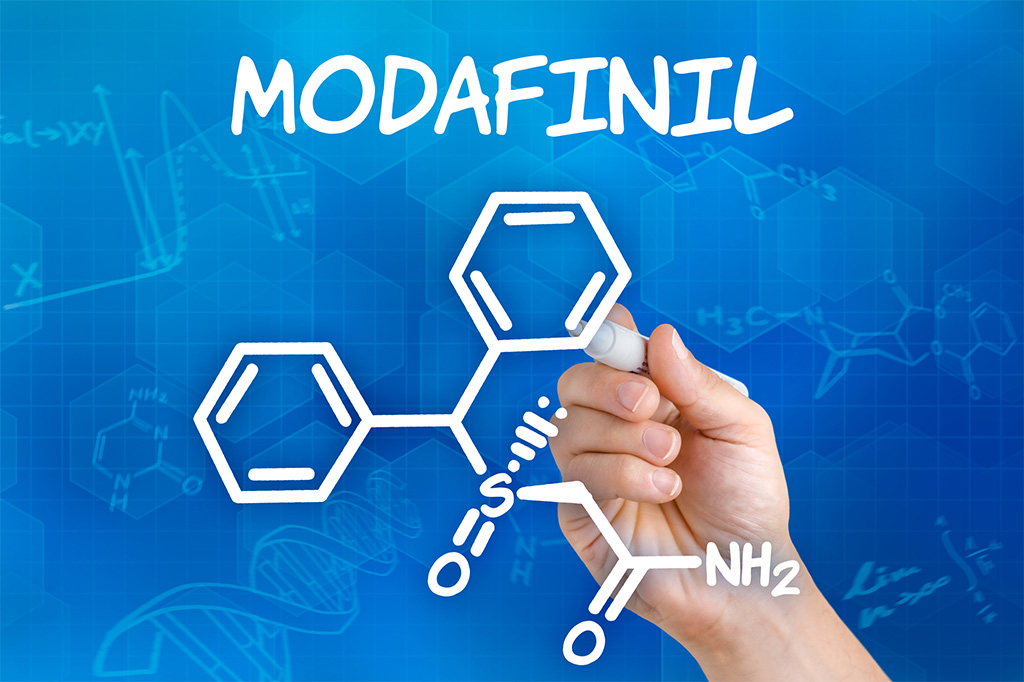Nootropics are all the rage recently. From entrepreneurs to college students, everyone seems to be craving this miracle. But many also seem to be doubtful of said miracle and wonder if it does really work and if it does, then is it really safe?

Although the term Nootropics started trending after the movie “Limitless” it has actually been around for quite some time. But, even today, research on this is at a fairly nascent stage.
So what is “Nootropics”?
“Nootropics” is essentially a blanket term loosely used for substances that “enhance the functionality of the brain”.
One of the first Nootropic invented was a substance called Piracetam by Corneliu E. Giurgea. He defined the term as a substance which enhances memory, cognition, and learning not just in a healthy brain but also under disruptive circumstances and also possess extremely low or absent side effects.
But, nowadays when the term is thrown around, it is used to refer to many things, such as memory, motivation, mood enhancer etc. Nootropics are usually used as a medication for conditions such as Alzheimer’s disease and ADHD etc. It is the use of the same drugs as a non-medical performance enhancer that sparks the controversy.
History
Piracetam is the father of all nootropics, gave birth to “the Racetams” and consequently other nootropics such as Modafinil. Piracetam had been clinically proven to enhance the communication between the two halves of the brain, as a result, enhancing problem-solving and critical thinking.
Does it work?
How this really works is the substance protects the brain cells from damage and strengthens neuroplasticity, improving attention span, memory, and all the good stuff. protecting the neurons in your brain from damage and strengthening neuroplasticity, the response to sensory information. That means improvements to your attention span, memory, cognition skills to begin with. However, some of the drugs under “nootropics” label have been shown to result in side effects such as diarrhea and reduced heart rate.
The performance enhancing quality does make it illegal for sportspersons to use it, but, some form of nootropics is legal in most countries.
Is It All Chemicals?
Nootropics can be both chemical and natural substances. One of the most common manmade options is Modafinil. Modafinil is known under the brand name Provigil and is used in the treatment of narcolepsy.
Modafinil essentially “wakes you up”. Unlike most stimulants, it doesn’t make you jumpy, has no withdrawal effects or crashes. It acts as more of a wakefulness-promoting agent. Modafinil can also enhance your mood and isn’t addictive! It also has no severe or noticeable side effects.
Since Modafinil promotes wakefulness and makes your brain more active, it also helps you avoid fatigue. It simply helps you have a clear mind so that you feel less stress while exercising your brain at extreme levels and make less impulsive decisions.
One of the natural alternatives is Nicotine. It can be a very effective nootropic if used carefully and sparingly. As it loses its effect with overuse. It also has the potential for addiction.
Bacopa Monnieri, which is a small water plant indigenous to India, can relieve stress. It is an herb that supplies active bacosides to help regulate blood circulation and chemicals in the brain and also releases protective antioxidants.
Lion’s mane mushroom which is another naturally occurring brain function enhancing substance has the special characteristic of a high
nerve growth factor. Undoubtedly, it helps in brain regeneration, plasticity and enhances signaling from neuron to neuron.
Rhodiola Rosea, on the other hand, helps improve the coordination between the body and the mind. It strengthens your mind and reduces stress. It also enhances your mood and work capacity.
If there is such a simple way to hack our brains to realize its full potential, we should be able to make the process completely and undoubtedly harmless with further research.


